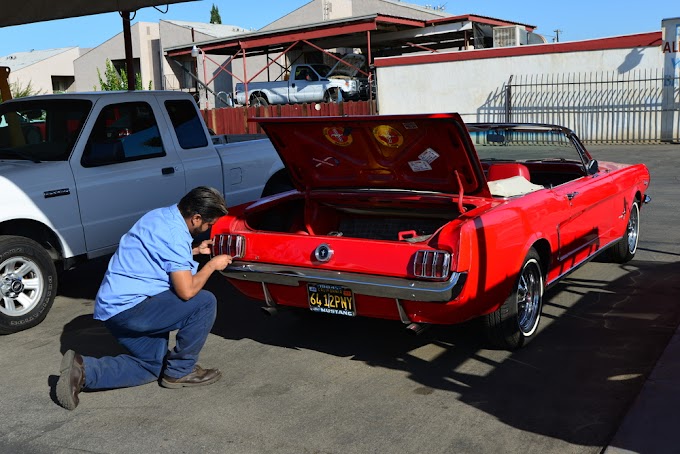Several highways of the national network have been cut by the snow that fell in recent hours in some provinces in the northern half of the peninsula, where a strong storm is hitting the region. Faced with this inclement weather, it is important to take precautions when driving since it is not the same to drive on dry pavement as it is over a slippery layer.
Driving on snow or ice is dangerous
because the tires reducing their traction and slip. This can end up
causing the loss of control of the car, which increases the risk of suffering a
traffic accident. To avoid this, you must moderate
your speed and increase the
safety distance from the vehicle in front. And it is that both space
and the braking time increase considerably on surfaces of this type.
In no
case, sudden acceleration, and braking should
be carried out since they favor the loss of control of the car. Always
operate the pedals smoothly. To slow down the pace of circulation it is
best to take your foot off the accelerator. In the event that this is not
enough, it is convenient to use the engine brake, that is to say, to go
lowering relations with the gear change; and if you also have to brake
with the pedal, it should be tightened progressively.
The swings are
enemies to avoid. And the best way to do it is by visually anticipating the
layout. In a curve, you must look for the exit without looking in the
direction that the front of the car is going. When you look further away,
you will be able to make movements with greater advance and avoid risky
situations.
During
the journey it is advisable to drive with the highest possible gear,
without causing the car to suffer. If we notice that the wheels lose grip
and start to skid, it is important to remain calm. Vehicle stability
control will help you get back on track. It is best to steer the car with
gentle movements on the steering wheel.
Drivers
who are used to traveling through areas of extreme cold are recommended to
change their tires for
specific winter ones, since, at low
temperatures, the rubber of conventional ones hardens and loses efficiency. Winter
footwear, with a more cut and deep pattern, offers greater grip, better
traction and reduces stopping distance.





0 Comments